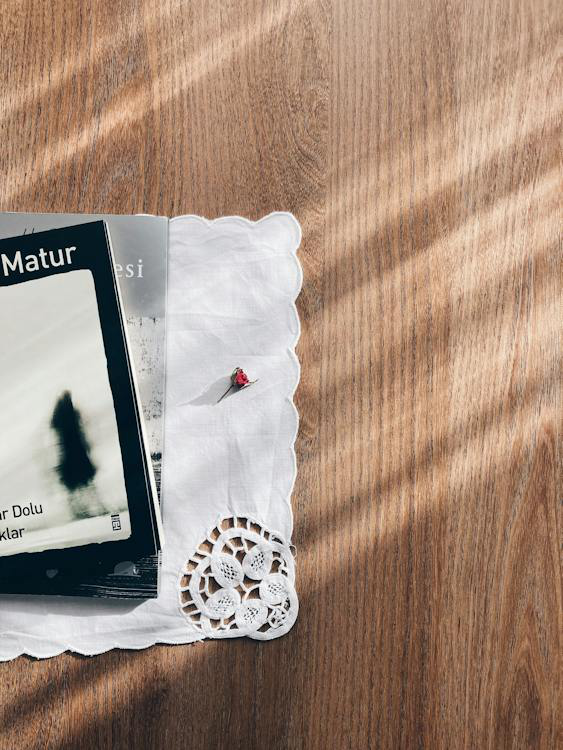
In the dark corners of literature, horror has long held a distinct allure for readers with stories that send shivers down the spine and awaken the primal fear within us. However, the genre, like all others, has evolved over time alongside societal shifts and technological advancements. One critical aspect of this evolutionary journey is the shift from the tangible pages of traditional books to horror eBooks.
The Birth of Horror Literature
The roots of horror literature can be traced back to the 18th and 19th centuries to the eerie tales of Edgar Allan Poe and the gothic narratives of Mary Shelley’s Frankenstein and Bram Stoker’s Dracula. These classic works introduced readers to supernatural elements, monsters, and the macabre, establishing a foundation for the horror genre.
The Rise of Traditional Horror Books
With the advent of the printing press, horror literature flourished in the form of traditional books. Renowned authors like Poe and H.P. Lovecraft crafted tales that became literary milestones and left an indelible mark on the genre. These authors relied on the power of the written word and created atmospheres of suspense and fear through intricate prose and vivid descriptions. The physicality of books added an immersive element to the horror experience, helping readers create an intimate connection with the terrifying worlds depicted within.
As printing technology advanced, horror novels gained popularity by fascinating readers with bone-chilling stories that tapped into the collective fears of society.
Transition to Digital Horizons
By the 20th century, the tactile experience of turning pages and the tangible weight of a book in hand became synonymous with the spine-chilling excitement that the genre promised. However, with the dawn of the 21st century came the digital revolution, and it did not spare the world of literature. eBooks emerged as a convenient and portable alternative to traditional books.
Initially met with skepticism, the digital format eventually found its way into the hearts of readers and brought a major shift in the publishing industry.
The digital revolution paved the way for unprecedented accessibility to literature, and it applied to the horror genre as well. Readers broke free from the constraints of physical books and could now carry an entire library of chilling tales on a single device.
Horror in the Digital Age
The digitalization of horror literature brought about both challenges and opportunities. On the one hand, the traditionalists mourned the loss of the tangible connection with a physical book, the scent of paper, and the rustle of pages turning, claiming that the digital screen could never replicate the spine-tingling thrill of flipping through real pages. On the other hand, eBooks opened doors to new forms of storytelling, interactive experiences, and innovative ways to engage the reader. They also opened up avenues for authors to reach global audiences instantly.
Interactive Horror and Multimedia Integration
To make up for the loss of physical connection with a book, horror eBooks embraced multimedia elements to enhance the reader’s experience. Interactive features, audio enhancements, and visual elements added a new layer of immersion and allowed readers to engage with horror narratives in innovative ways. To writers, the digitalization of horror books allowed experimenting with nonlinear narratives and dynamic plot structures and provided readers with a more personalized and engaging journey into the worlds of fear and suspense.
In addition to this, self-publishing platforms and independent authors found a natural home in the digital landscape. This democratization of publishing allowed fresh voices in horror to reach audiences without the traditional gatekeepers, leading to a surge in diverse and unconventional narratives.
The Sum Up
The evolution of spine-chilling literature from traditional books to horror eBooks reflects the dynamic nature of storytelling in the face of technological progress. While the traditional charm of physical books remains cherished by many, the digital age offers unparalleled accessibility, interactivity, and global connectivity for horror fiction writers. The genre continues to evolve with the ever-changing landscape of literary consumption, with promises of new nightmares and thrills for generations to come.
Image Credits
Photo by Tuğba from Pexels: https://www.pexels.com/photo/book-in-turkish-on-cloth-19070995/